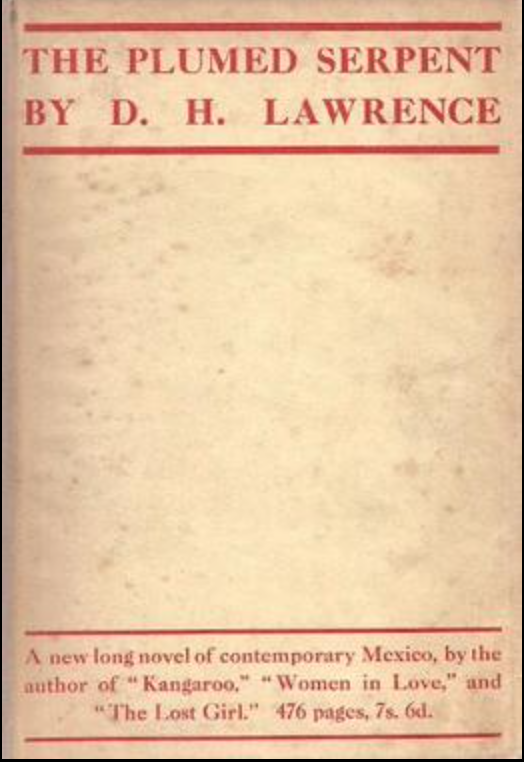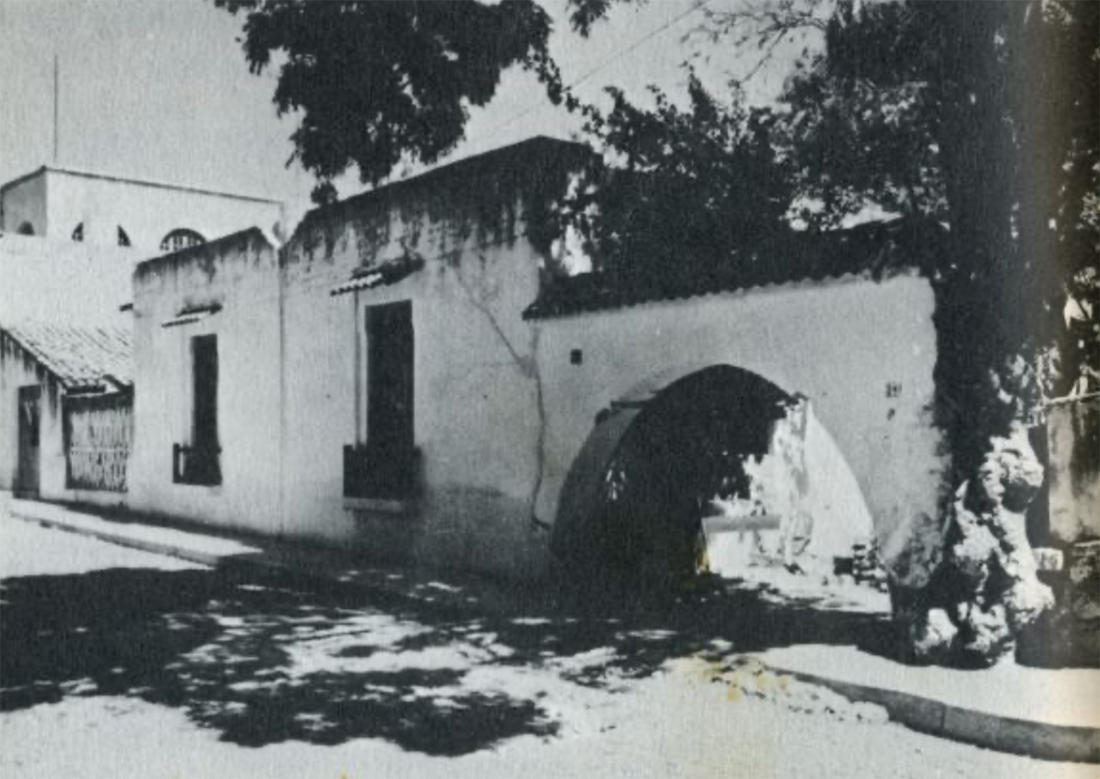
D.H. Lawrence
*
July 16, 2023
by Philip Gambone
Back in 1961, my eighth-grade friend Jimmy got his hands on a copy of D.H. Lawrence's notorious novel Lady Chatterley's Lover. It was a feat of some ingenuity as the book had once been banned on charges of obscenity and was still hard to come by strait-laced Massachusetts. One memorable afternoon, after we'd dutifully attended Catechism class, Jim shared with me all the "good parts." The good parts were, of course, the sex scenes, which, only a few years earlier, had prompted an obscenity trial against Penguin Books. Those sections delivered an exciting punch to two thirteen-year old Catholic boys on the threshold of their sexual education.
Later, as an English teacher at an all-girls prep school, I taught Lawrence's two masterpieces, Women in Love and Sons and Lovers. While these books were racy fare in their own right, they were deemed innocuous enough to serve up to adolescent girls on the threshold of their own sexual education.
Lawrence is a mixed bag. Like Longfellow's little girl with the little curl, when Lawrence is good, he's very, very good; but when he's bad, he's horrid. The author and literary critic Anthony West noted that Lawrence was "a religious leader first, and a writer second. An aesthetic approach to his work is, therefore, something of an absurdity." That's going overboard, I think. Aside from those high school novels I taught, Lawrence wrote some magnificent short stories and poems. But, yes, you've got to wade through a fair amount of second-rate stuff, to get to his gems.

Lawrence visited Mexico a hundred years ago, in the spring of 1923. His initial impression was that the country was free, easy, and very pleasant, "like Palermo or Naples." Within days, however, the perennially disappointed vagabond found cause to complain. Mexico City was "slummy, a mongrel town, noisy and ramshackle." He didn't like the "gruesome Aztec carvings" and hated a bull fight he attended. The overall spirit of the place struck him as "sub-cruel, a bit ghastly." And while the Mexican revolution had recently ended, he felt demoralized by its unsettled political and social aftermath. "Soldiers everywhere," he reported. "And ruins!"
Happily, after a few weeks, Lawrence was "liking Mexico better." To the poet Amy Lowell, he wrote: "Mexico is interesting—but I feel I haven't got the hang of it yet." In May, he and his wife Frieda rented a house in Chapala, Jalisco, where he "made two false starts at a novel" set in the country he was visiting. What was particularly on Lawrence's mind were the "pure Indians," who, he wrote, needed "a new faith, a new hope. But as Christians they don't get any further, are inwardly melancholy, live without hope, become suddenly cross, and don't like to work." He wanted to find men in Mexico "with some honorable manhood in them."

Lawrence's house in Chapala, Jalisco
*
These ideas seeped into the novel he was working on, which he said in a letter to his American publisher, "means more to me than any other novel of mine." Initially called Quetzalcoatl, the version he published in 1926 was titled The Plumed Serpent. The tenth of Lawrence's twelve novels, it was the one he considered his best.
Like so many of his novels and short stories, The Plumed Serpent expresses Lawrence's "deep revolt," as he once put it, "against fixed society, fixed money, fixed homes, even fixed love … the social fixture of everything." The remedy for this malaise was to be found, he preached, in a new way of living, one that rejected Western civilization's "smallness and limitations." In particular, the Church, "with its evil will for turning the people into humble, writhing things that shall crave to be victimized," came under Lawrence' scathing attack. In its place, The Plumed Serpent posits "the mystery of the primeval world"—a mystery found in the culture and mythology of the Indigenous peoples of Mexico.
The plot revolves around Kate Leslie, a forty-year-old Irish widow, who comes to Mexico feeling "half of life was over." Her new country of residence fails to ease her malaise. "Ghastly," she pronounces it. Nevertheless, Kate feels a battle raging within her between her horror of Mexico and "the powerful, degenerate thing called life." "Let me still believe in some human contact," she cries. "Give me the mystery and let the world live again for me."
Be careful what you wish for. Soon enough, Kate meets General Cipriano Viedma and Don Ramón Carrasco. Don Ramón is out to save Mexico through a spiritual revival that rejects Western-imposed Christianity and will bring back the Aztec god Quetzalcoatl. "I want Mexicans to learn the name of Quetzalcoatl. I want them to speak with the tongues of their own blood," he says. For Don Ramón, Quetzalcoatl is "the symbol of the best a man may be." In fact, both men see themselves as savior figures, reincarnations of the Aztec gods. Cipriano, who calls himself the "Living Huitzilopochtli," wants to take Kate as his wife and set her up on the throne as Malintzi, the bride of Huitzilopochtli.

Lawrence and Frieda
*
As the Quetzalcoatl movement spreads, a religious war breaks out between the Church and Ramón and Cipriano's followers. Kate is both fascinated and horrified. "She had been brought up with the English-Germanic idea of the intrinsic superiority of the hereditary aristocrat. Her blood was different from the common blood, another, finer fluid. But in Mexico, none of this."
In the end, Kate lets go of her pride and revulsion, tentatively embracing a kind of aboriginal, tribal humanity imbued with the power and vastness of sex. "How wonderful sex can be," she cries "when men keep it powerful and sacred, and it fills the world!"
From its initial appearance, The Plumed Serpent met with mixed opinions. While at least one critic deemed it the most successful of Lawrence's novels, another, Philip Rieff, called it "an embarrassment even to Lawrence's admirers."
Indeed, at its worst, The Plumed Serpent is preachy, long-winded, and full of gobbledygook about "the vivid blood-relation between man and woman." Its rabidly anti-Catholic sentiment overstates the case, and the Quetzalcoatl movement looks suspiciously fascistic. Moreover, the often unflattering remarks various characters make about Mexico and Mexicans—"They want to turn the country into one big crime"—is an off-putting cliché.

Quetzalcoatl
*
But there are also passages, especially descriptive passages, of surpassing beauty. (The poet Dean Young once characterized Lawrence as someone "able to write horribly and magnificently in the same sentence.") Lawrence's critique of the Americanization of Mexico is uncannily prescient. And his basic message—"Be true to your own souls; there is nothing else for a man to do"—is a motto well worth contemplating.
For me, someone who loved teaching those earlier Lawrence novels, The Plumed Serpent comes across as a fervent, if somewhat muddled, outcry for living responsibly, passionately, and fiercely. At its very best, it calls us to be bravely open to the mystery of life.
If you are new to Lawrence, this is probably not the novel to start with; if you love Lawrence and have not yet read The Plumed Serpent, give it a try. There are certainly parts—long parts!—that will drive many readers crazy, leading them to agree with Geoff Dyer, who called Lawrence a "loose canon." But there is also much in this novel, written by a man who "burned like an acetylene torch from one end to the other of his life," to savor, ponder, and sincerely love.
**************

Philip Gambone is the author of five books, most recently As Far As I Can Tell: Finding My Father in World War II, which was named one of the Best Books of 2020 by the Boston Globe, available at the Biblioteca store and Amazon.
**************
*****
Please contribute to Lokkal,
SMA's online collective:
 ***
***
Discover Lokkal:
Watch the two-minute video below.
Then, just below that, scroll down SMA's Community Wall.
Mission

Visit SMA's Social Network
